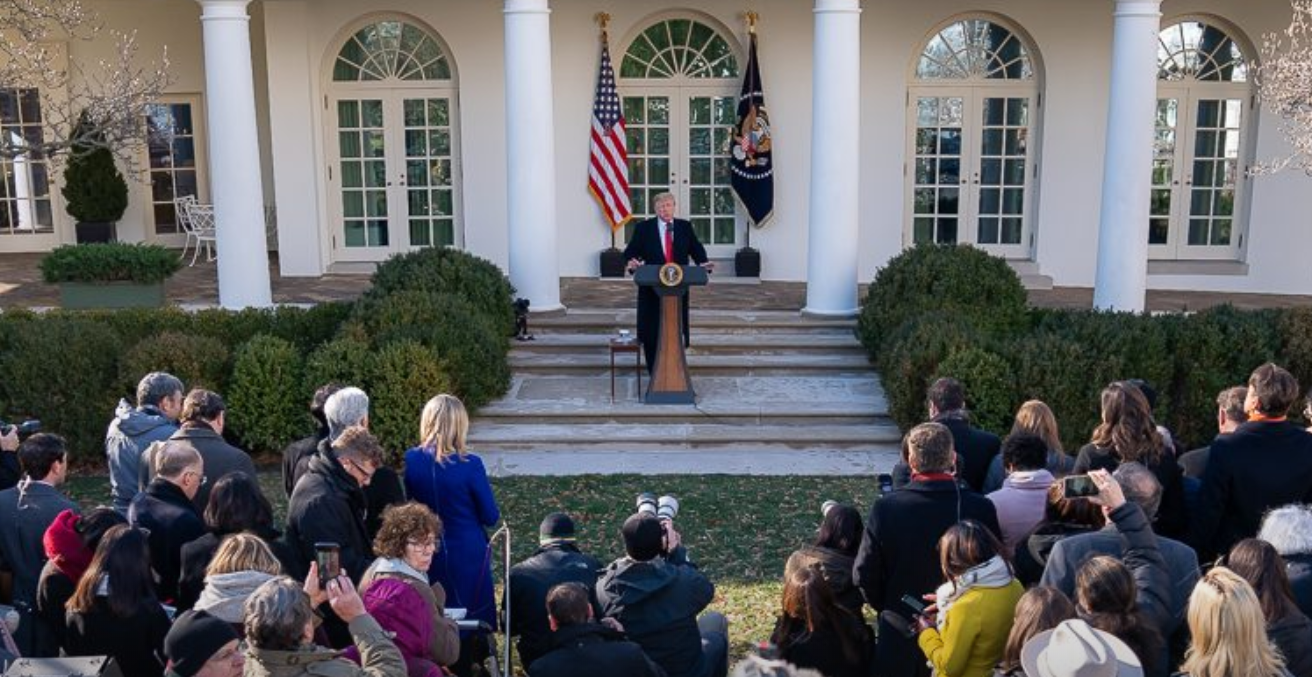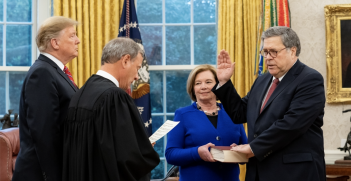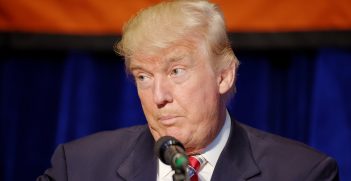Can Future US Government Shutdowns be Avoided? Don't Count on it

In the current political climate, the possibility of another government shutdown seems more than likely.
Now that the longest government shutdown in US history has finally come to an end, let’s zoom out. Why do shutdowns happen, and what do they tell us about broad trends in modern American politics?
Government shutdowns in the United States seem archaic and strange to citizens of most other advanced democracies. In parliamentary systems, such as Australia’s, the failure of a government to pass a budget through the legislature can result in the fall of that government and fresh elections. In such systems, spending tends to continue at or near current levels while the crisis is resolved. The fusing of the executive and legislative branches in parliamentary systems acts as a check on the sort of fundamental conflict between the two branches that might result in a government shutdown.
Not so in the United States, in which the executive and legislature are two co-equal branches of government which must work together to appropriate and spend money on government operations. The two branches have long struggled over the responsibility, with each trying to assert its dominance. The constitution provides that “[n]o money shall be drawn from the Treasury, but in Consequence of Appropriations made by Law” – that is to say, by Congress. But since the early days of the republic, government agencies frequently spent beyond their limits and then demanded that Congress pay the bills at the end of the year. Fearing that the good name of the US government would be impugned if it welched on its creditors, Congress usually went along.
The Anti-Deficiency Act of 1870 ended this practice by making it illegal for agencies to spend money that had not already been appropriated. But this also laid the way for our era of government shutdowns by forcing agencies to shutter non-essential functions when no money was available.
As the size of the federal government expanded rapidly in the twentieth century, Congress became more specific in its appropriations, attempting to control executive operations by appropriating money for specific purposes. Presidents fought back against these attempts by Congress to assert its authority. The most common tool was “impoundment,” by which a president simply refused to spend money which Congress had appropriated for a specific purpose. Usually these refusals concerned defence and foreign policy and could be justified under the president’s power as Commander-in-Chief.
As in so many other aspects of modern American politics, it was Richard Nixon who broke the mould. In the late 1960s, Lyndon Johnson had refused to spend money appropriated for domestic projects as a means to control inflation. Seizing on this precedent, Nixon impounded large sums of money – by some estimates about a fifth of discretionary spending – as a means of torpedoing highway construction and environmental policies he didn’t like. Congress fought back. A 1974 law and subsequent Supreme Court case put an end to the practice of impoundment.
With federal agencies unable to spend without Congressional approval and the executive unable to simply disregard budget appropriations if it didn’t like them, the stage was set for government shutdowns to become a routine part of national politics. The first occurred in 1976, and there have been 22 since.
Although these changes in the law and institutional relationships have been necessary for government shutdowns to take place, they are not on their own sufficient. The final factor has been the dramatic increase in partisan polarisation which has unfolded in the last decades and looks to only be accelerating. The recent trend towards ever more divided government, with one party controlling the presidency and another controlling one or both chambers of Congress, has combined with unprecedented levels of disagreement and acrimony to make frequent shutdowns almost inevitable.
A brief look at the history of major shutdowns shows that they tend to occur over the issues which most excite – or anger – committed partisans of one party or the other. A one-day shutdown which occurred in 1982 because members of Congress went to the White House for a barbecue at the end of the fiscal year and neglected to pass a necessary spending bill beforehand was an exception.
In the 1990s, as the modern conservative movement was flexing its muscles and becoming exercised over the size of the federal deficit, major shutdowns occurred because of Republican demands for much lower levels of spending. A 2013 shutdown focused on Obamacare, a policy hated by Republicans. And, of course, the most recent shutdown has hinged on Democratic opposition to Trump’s demand to build a “big, beautiful wall” on the southern border, something his base demands and the Democrats’ base abhors.
It is an open question as to whether the US system of government can continue to function amid an atmosphere of party polarisation which it was never designed to operate under. Some would say it has already stopped functioning. Certainly, recurrent shutdowns do nothing for the image of the United States or democracy more broadly in the world at large, a critical issue during a time of rising authoritarianism. Xinhua, the Chinese state media outlet, has argued that the shutdown exposes a “chronic flaw” in the US political system which will “make more people worldwide reflect on the viability and legitimacy of such a chaotic political system”.
A change to the legal underpinnings of shutdowns might be a solution, but, as on so many other issues, it will likely be impossible to reach any consensus on exactly what changes to make. Conservatives especially prize shutdowns as an opportunity to put periodic checks on what they see as runaway federal spending. And lawmakers of all stripes can use shutdowns to attempt to limit executive power, something not to be tossed aside lightly during an administration which raises concerns about executive tyranny.
It seems likely that the future will contain more shutdowns, with the possibility one day of a shutdown leading to a national tragedy in the form of tainted products entering the food supply or an aviation accident occurring. Perhaps such a tragedy might lead to a moment of national reflection on the consequences of the polarisation and hatred which has become so defining of American political discourse. Or will both sides just pause for an instant before changing out of their mourning dress and back into their suits of armour to resume the fight? That this is entirely predictable doesn’t prevent it from being the greatest tragedy of all.
Andrew Gawthorpe is a historian of the United States at Leiden University in The Netherlands. Follow him on Twitter @andygawt. His current book project is a history of how trade and immigration have shaped debates over national identity throughout US history.
This article is published under a Creative Commons Licence and may be republished with attribution.





